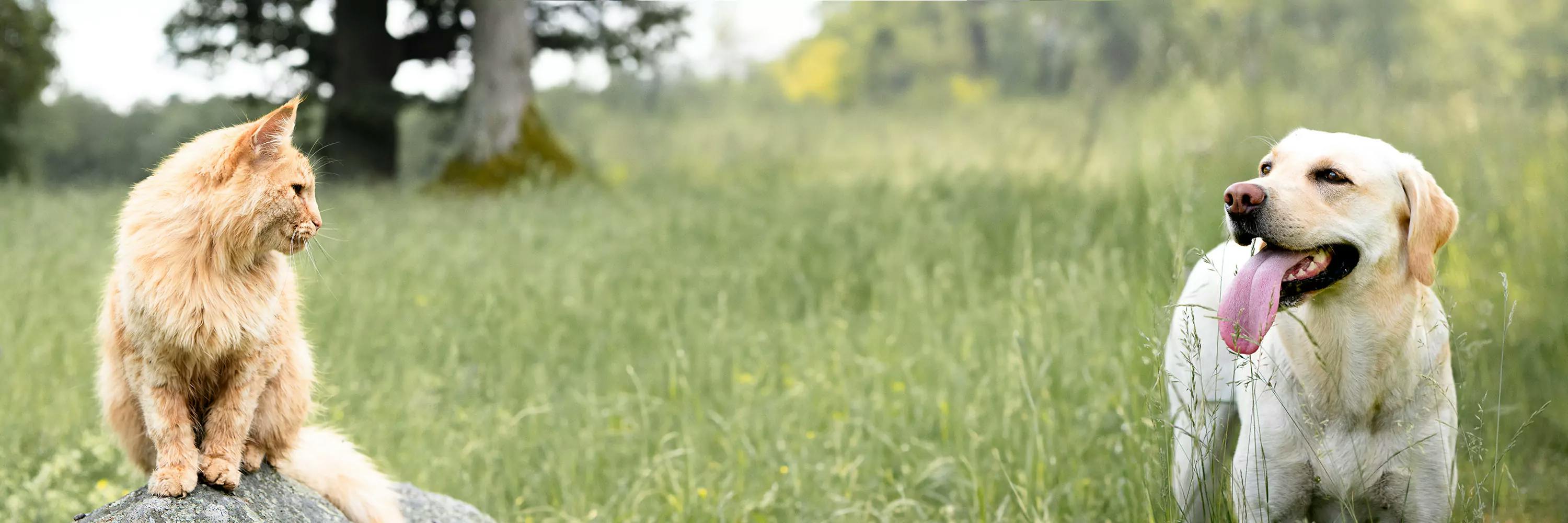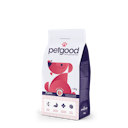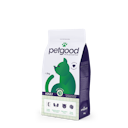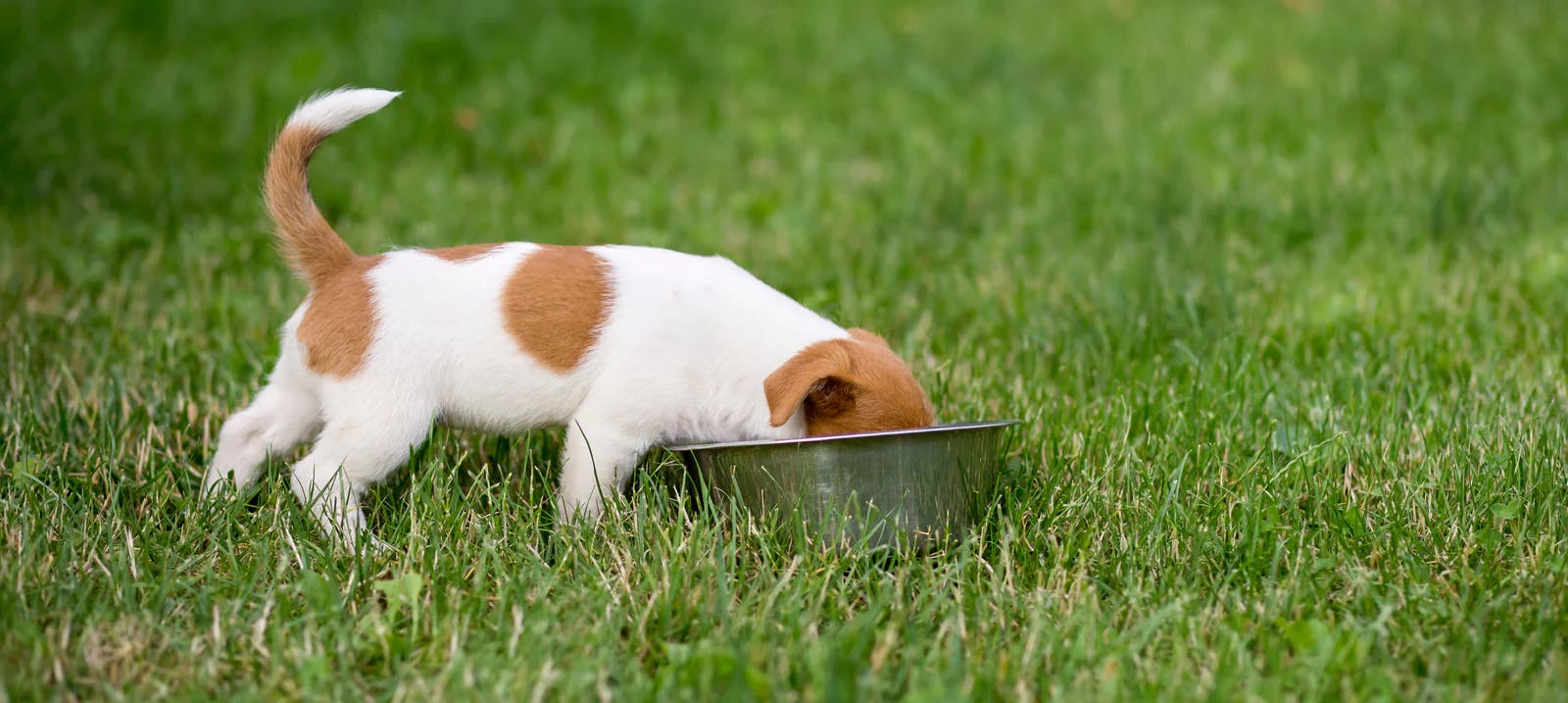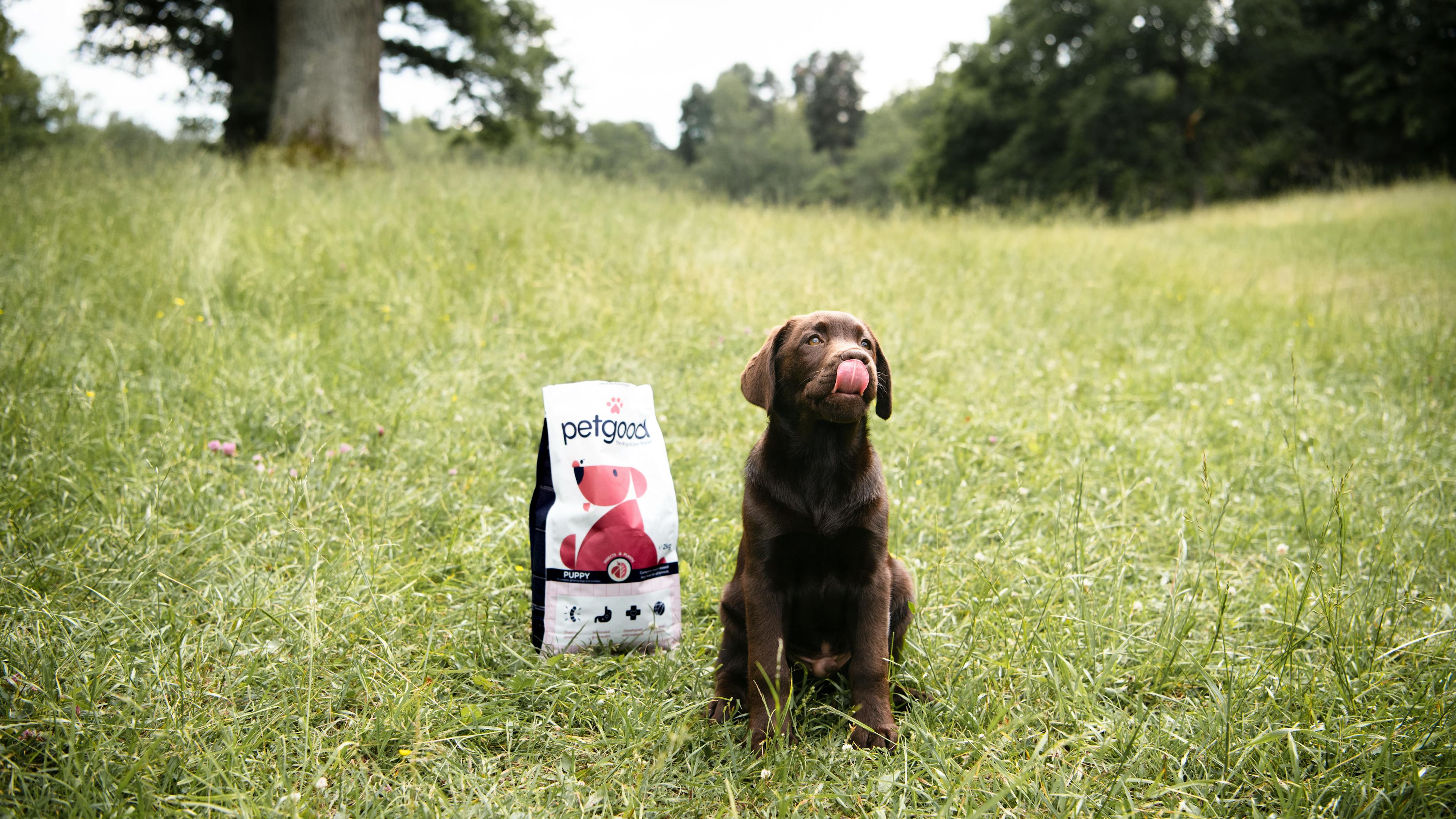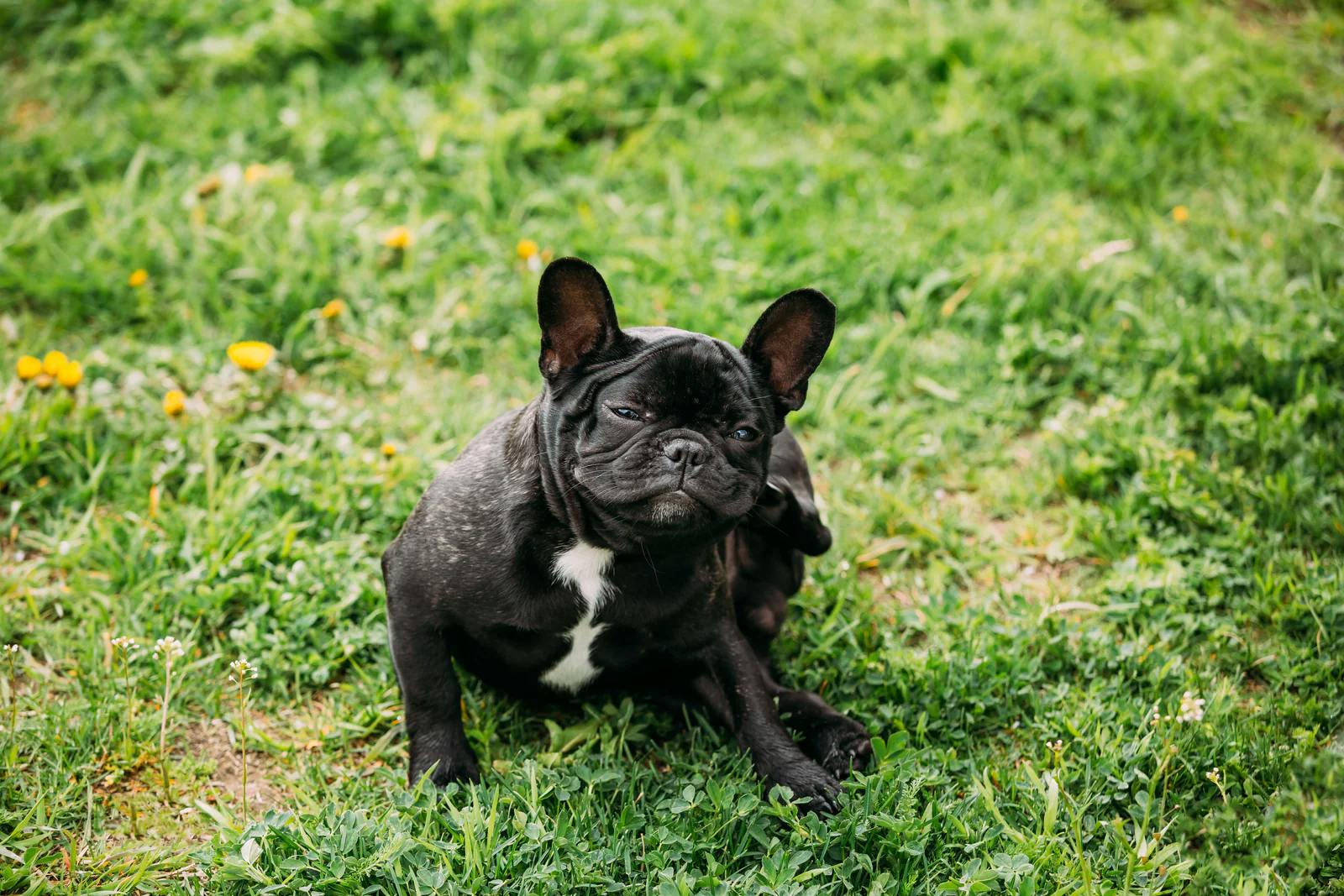Active location:
Select your country:
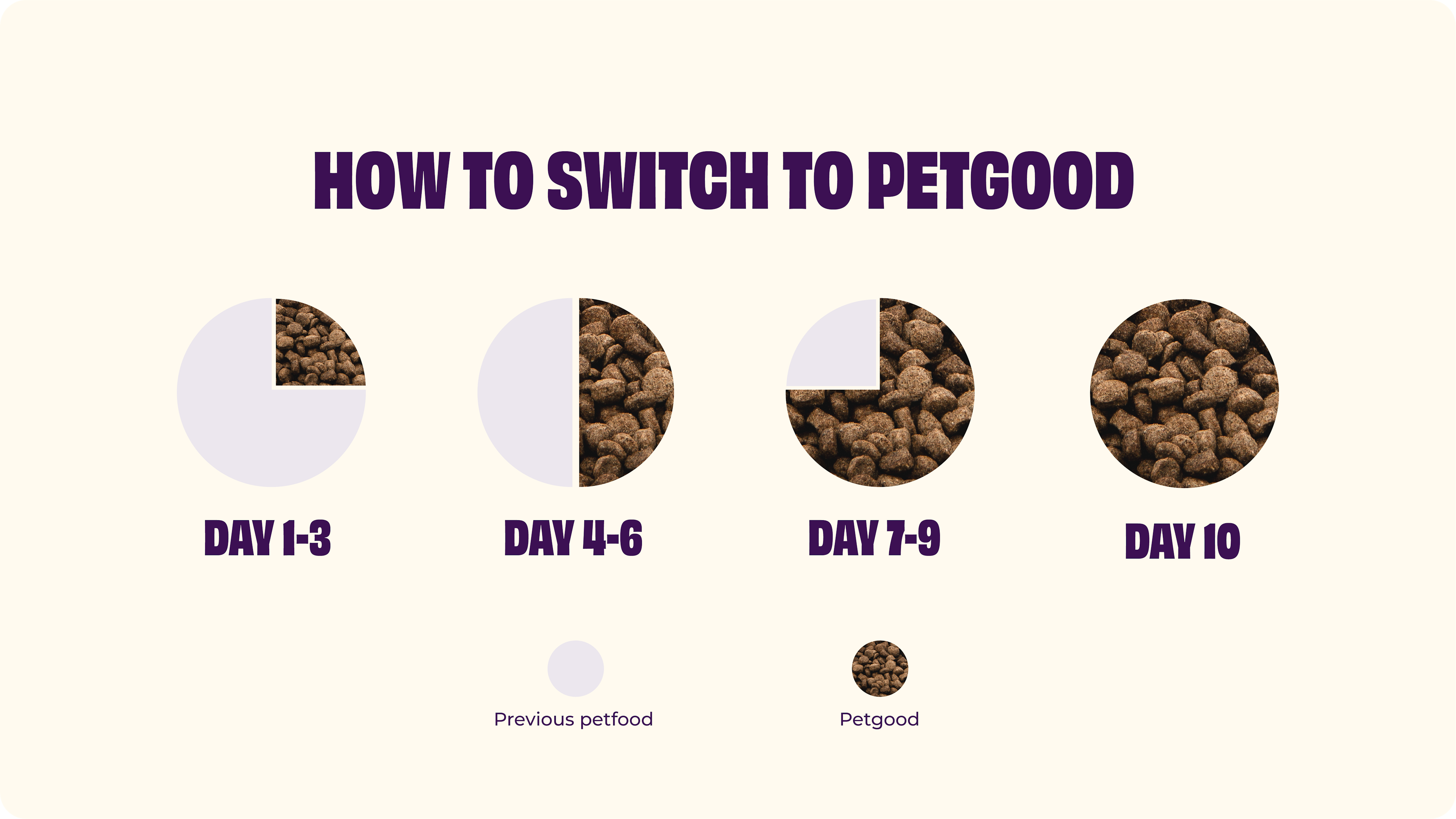
How to switch to a new food for your dog or cat
Here you can read our recommendations and tips on how to switch to a new diet for your dog or cat. Follow a gradual transition to ensure that your pet's stomach remains as healthy as possible.
Changing food - this is how you do it
Although our petgood dog and cat food is suitable for sensitive stomachs, it is always recommended that you make a gradual transition when you switch to a new food to avoid any problems. Follow the steps below for an optimal transition:
1. Use the feeding recommendation below to get a recommendation on how much food your pet needs per month and day.
Feeding recommendation: Premium Adult Dog
Feeding recommendation: Insects & Rice - Adult Dog
Feding recommendation: Premium Puppy Food
Feeding recommendation: Premium: Adult Cat
2. In the feeding recommendations above, you can also find a conversion table from grams to dl for each food.
3. Make a gradual transition over 10 days (see below). "New food" represents petgood food. Remember that a bowl of clean water should always be available for your furry friend! 💦
Changing food - a gradual transition
Day 1-2
New food: 25% - Previous food: 75%
Day 3-6
New food: 50% - Previous food: 50%
Day 7-9
New food: 75% - Previous food: 25%
Day 10
New food: 100%
If you encounter any issues during the transitition, for example looser stools, you should go back to the previous step and not move on with the transition until your pet's stomach is back on track again.


